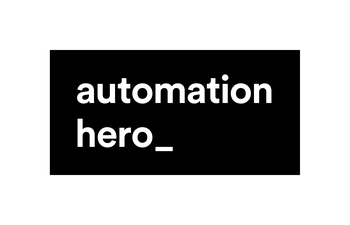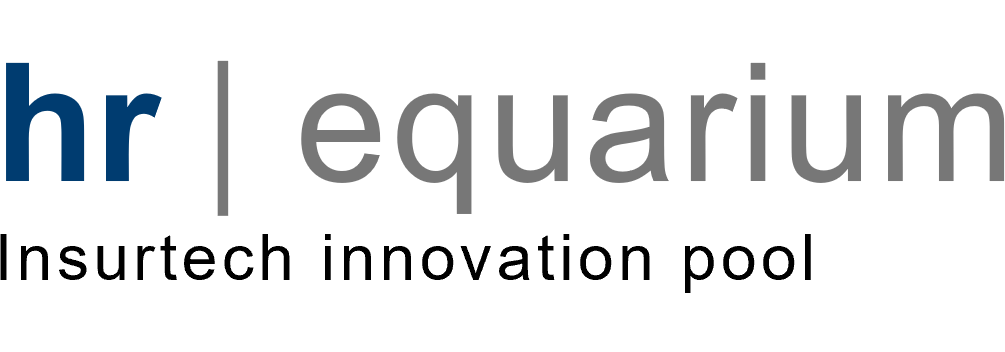Insurance automation solutions enabled with AI is a beacon of hope for insurance companies and their employees as it eliminates repetitive busy work.
For the business, this means that more work gets done. For the employee, this technology offers some relief from the neverending piles of paperwork they face on a daily basis.
If you’re a traditionalist that doesn’t see the value of AI and insurance automation, hear me out:
AI represents a potential cost savings of $1 trillion to U.S. companies across banking, investment management and insurance.
Automation ca reduce the cost of a claims journey by up to 30 percent.
By 2030, manual underwriting will cease to exist for most personal and small-business products across life and property and casualty insurance.
The cost savings alone is enough to spark curiosity in insurance automation. So, how can it save companies so much money? When it comes to automation, it’s all about optimizing workforce processes to accelerate productivity.
Some use cases include (but are far from limited to):
- Automating customer requests. Automatically updating a customer’s address in a database or forwarding a service request to the proper department.
- Document generation. Having data pulled from emails, spreadsheets, applications, etc. and populate a closing form or claim document.
- Scheduling meetings. Scheduling a meeting in an employee’s calendar based on an email interaction.
- Claim processing. Porting information from a database to an application or vice versa to reduce the amount of “copy-and-paste” tasks a claims officer must perform.
These tasks take insurance employees away from their customers. Eliminating, or at least alleviating, the workload for your team allows them to focus on the more productive elements of their job and get more work done.
About 66 percent of insurers believe AI will improve workforce productivity and 98 percent intend to use this technology to enhance the capabilities of workers, which will ultimately increase revenue.





